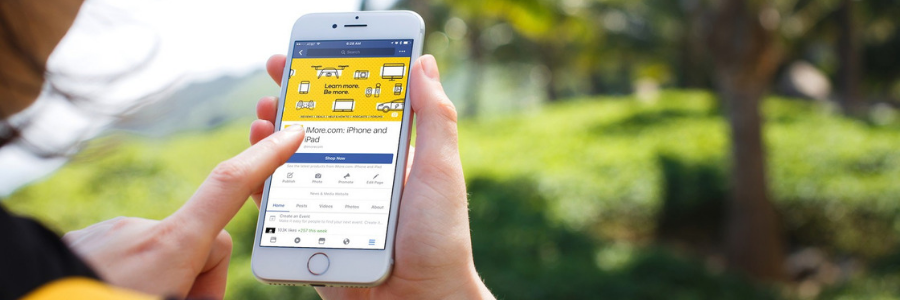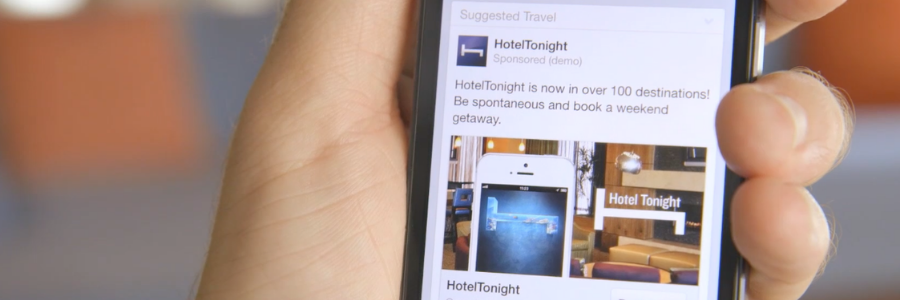This is a subject that I cover on a nearly daily basis with prospective clients, consulting clients, and even sometimes our current clients at The Go! Agency: what is the ROI of online advertising?
Usually, when I hear questioning of the value of online advertising, I have an exact idea as to why it is coming up: ROI has not been proven.
Online advertising can be the one marketing activity that you execute online that you CAN track and provide ROI data. In fact – the whole process thrives on data. If your tracking methods are in place, not only will it be easy to prove the worth of your online advertising campaign, but you can also provide an equation that will allow you to scale it and change focus, as needed, to enhance results.
To help you understand the elements that go into this equation, I want to explain each of the key areas you need to consider prior to executing an online advertising campaign. This is due to the fact that these components will help you track, report, measure, and decide on campaign, audience and, most importantly, budget.
1. Google Analytics
By far the most powerful thing that you will need to track the ROI of online advertising will be Google Analytics. This is a tool, installed to your website, that measures all of your website traffic, tells you where they came from, what visitors are viewing, and will help track sales conversion. Many companies believe that this tool is only useful if you are doing a specific SEO (search engine optimization) or Google Ads (PPC or pay-per-click) campaign. This is incorrect.
The holy grail of online marketing is to organically show up on the first page of Google search results for your keywords…which means that you get on the first page of Google without having to pay for it. So Google is an important tool for tracking the importance and effectiveness of your campaign.
This free tool is easy for your website designer to install and begins tracking immediately. Note: it does not track retrospectively….so install it ASAP to begin tracking.
Want to use something easier with a friendlier interface? Go for it – but install Google Analytics anyway. Like I said above, you can’t recreate the traffic, so have it running in the background in case you change your mind.
2. Your Online Sales Figures
Whether you are using a shopping cart service like Shopify or WooCommerce, or another plugin to a WordPress site that your designer has touted as the next best thing since sliced bread – you need to have a realistic view of your sales.
Many times, since online sales can be automated (for product-focused companies), your team may not be paying close attention to where the sales are actually coming from. Many will rely on the customer choosing the right “Where Did You Hear About Us” option from a multiple-choice dropdown. This is not always the best place to hang your hat, more data is needed.
You need to know how many sales of what product you are receiving and at what rate. You need to see (using data gathered from your website or shopping cart analytics) as to where these people are coming from. How many people are using your coupon codes, and what are they? Did you know that nearly 100% of clients think that their sales are coming from a different channel than they actually are?
So why do you need to have all of this information? So that when you begin to jump into online advertising you know where to focus first. You can look at your sales trends, look at your popular traffic sources, and then “throw gasoline on them” as they say.
I’ve had clients tell us that Facebook Ads were not working for them. But after a bit of digging into their sales figures, we saw that we got nearly a 500% (yes, that much) return on their ad investment. But they told us $0. Obviously, a client would not be motivated to lie in this case so it was obvious, they just did not fully understand their sales figures. Talk about leaving money on the table.
3. Tracking Pixels
When I am on a sales call with a prospect, retargeting is a request that I hear again and again. In order to properly retarget you need to know two things: how many people go to your website (is it enough to warrant a retargeting campaign) and where are they mostly coming from (acquisition).
If you have a low number of website visitors, retargeting is going to be challenging unless you have a strong traffic-driving marketing focus that will get people to your website. Once people are there, THEN they can be retargeted to, but not before. Second, when I mentioned where they are coming from – sometimes this is a good indicator of where you can start your traffic driving focus.
So now that you know, what do you do? Each site or advertising service that you use will most likely have a corresponding tracking pixel that you can install into your website that will not only help you capture the audience that is visiting your website, but also will help you retarget this traffic via online advertising campaigns.
Tracking pixels look complicated but are straightforward. As a rule, what I always suggest is listing the main marketing channels that you would like to utilize to drive traffic to your website (maybe Facebook, LinkedIn, Twitter, YouTube) and get the associated tracking pixels installed onto your website.
If you are looking to generate new traffic outside of the trappings of social, you may also choose to do a Geo-Targeting, Geo-Fencing, or even IP Retargeting campaign. All of these can be tracked via Pixels too.
Above are my three key areas to focus on prior to executing your online advertising campaign. Depending on how you categorize ROI, you will need to find the way that works best for you to track it. Is your ROI based on the number of email addresses you will obtain? Then you need to know the numbers in your email database or email marketing program.
Is your ROI based on the number of form completions requesting a consultation or quote? It is crucial that you understand the level of inquiries your website is currently generating and how you will track this on a daily basis.
This goes back to the question: what is the actual ROI of online advertising? The answer is simple: it is up for you to define as a business. The issue: you need to know how you are going to track it prior to launching it. If you do not have a clear measurement strategy at hand, you will never truly know what is becoming of your investment and how you can maximize it.
Not tracking online advertising ROI adequately can result in overspending and a campaign that never reaches its full potential.
Read More














